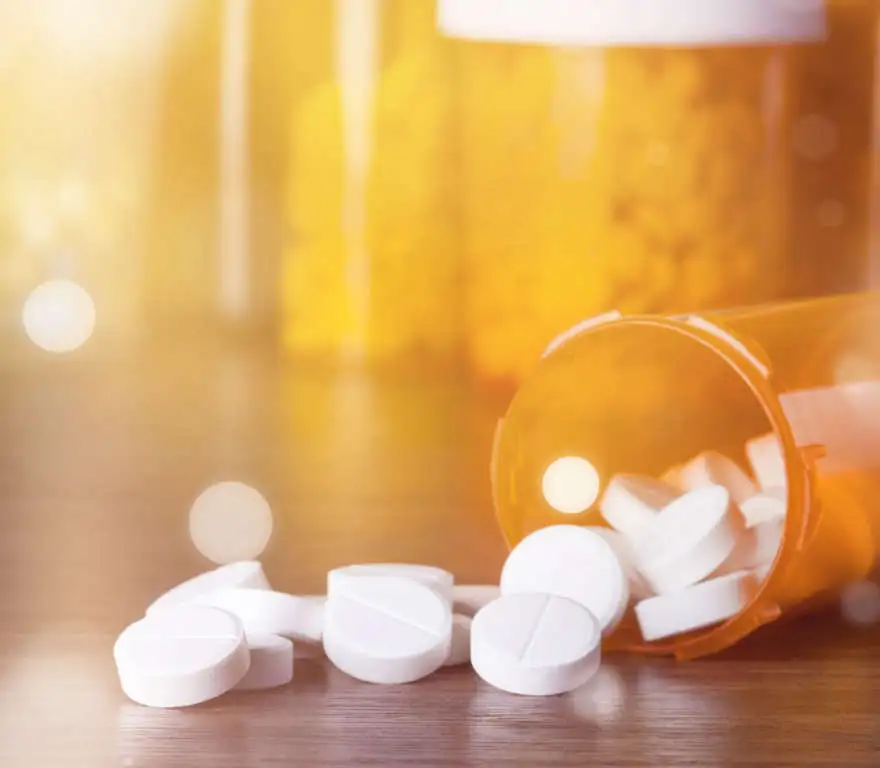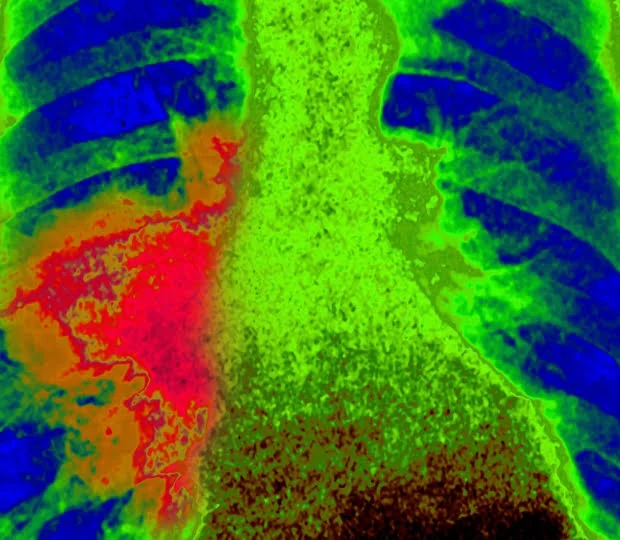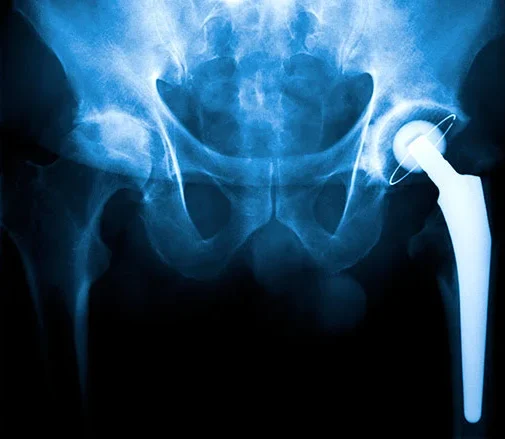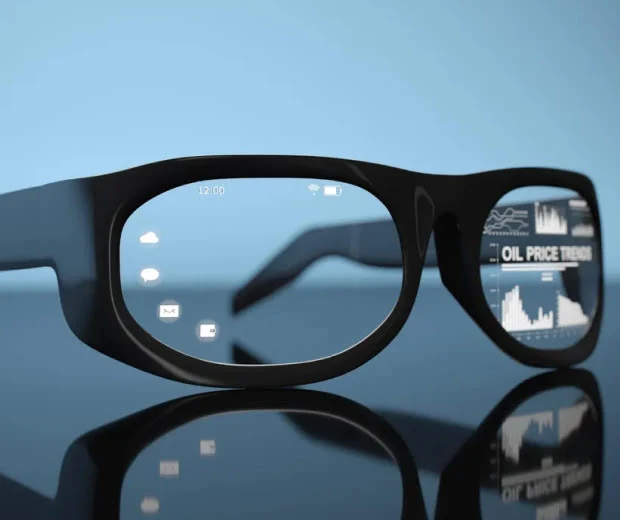defective product attorney in Boston
Product Liability & Class Actions
We represent those harmed by dangerous products, corporate misconduct, and industrial pollution.
1B+
In 2022, nearly 1.5 billion units of food, drugs, medical devices, automobiles and consumer products were recalled in the U.S.
$165B
Corporate pollution contributing to climate change cost the U.S. economy $165 billion from climate-related disasters in 2022.
9GT
Industries emitted 9.0 gigatons of CO2 in 2022, significantly contributing to climate change and related health problems.
$6B
In 2023, 3M agreed to a $6 billion settlement for faulty earplugs causing hearing loss and tinnitus in thousands of veterans and military service members.

In 2023, there were an estimated 107,543 drug overdose deaths in the United States, with approximately 81,083 of these fatalities involving opioids such as fentanyl.
Defective products, industrial pollution, and corporate misconduct cause catastrophic harm to individuals and communities. When manufacturers prioritize profits over safety, litigation is often the only path to accountability and recovery.
We represent plaintiffs in product liability and mass tort matters, from pharmaceutical fraud and toxic exposure to defective medical devices and consumer product failures. Recent recoveries in this space include Purdue Pharma ($6 billion), Johnson & Johnson and major distributors ($26 billion), and 3M ($6 billion for defective earplugs).
Overview
Product liability and mass tort litigation deter corporate negligence and compensate those harmed. These cases drive systemic improvements in product design, regulatory oversight, and industry standards.

In 2020 alone, an estimated 2.2 million new lung cancer cases were diagnosed, primarily due to tobacco use, asbestos, and radon.
Industrial Pollution & Respiratory Health
Industrial pollution contributes to long-term respiratory illness and elevated cancer rates. Nearly 1.8 million people die from lung cancer annually, and 99% of the global population breathes air that fails to meet international health standards. We handle cases involving exposure to asbestos, radon, volatile organic compounds, fine particulate matter, indoor mold, and contaminated water.
7

Implanted medical devices have saved millions of lives, but over a 10-year period in the U.S. they have also been linked to over 1.7 million injuries and nearly 83,000 deaths.
Your Rights
Plaintiffs in product liability and class action cases have legal avenues to hold responsible parties accountable:
- Compensation for medical expenses, lost income, pain and suffering, and in certain cases punitive damages.
- Evidence development through medical records, expert testimony, and technical analysis to build the strongest possible case.
- Appellate review when grounds for appeal exist after an unfavorable verdict.

Wearable devices can offer health benefits but also raise privacy, health, and safety concerns.
Lawyers' Role
We evaluate claims selectively, prioritizing matters with strong evidence and substantial merit. Our team includes medical professionals, safety engineers, and technical experts who build compelling cases. Our approach integrates settlement strategy with trial readiness.
How We Can Help
Automotive, Aerospace, and Autonomous Vehicle Injuries
Represent clients injured by defective vehicles, aircraft components, or autonomous driving technologies.
Catastrophic Injuries from Defective Products
Pursue compensation for life-altering injuries caused by unsafe products, including brain and spinal cord injuries, burns, and paralysis.
Pharmaceutical and Opioid Litigation
Hold pharmaceutical companies accountable for unsafe drugs, defective medical devices, and deceptive opioid marketing.
Toxic Exposure and Environmental Class Actions
Lead class actions for individuals and communities harmed by hazardous chemicals, industrial pollution, or contaminated water.
Consumer Fraud and Data Breach Class Actions
Pursue class actions against corporations for deceptive business practices, data breaches, and privacy violations.
Defective Electronics and Battery Failures
Recover damages for clients harmed by unsafe consumer electronics and lithium-ion battery explosions.
Construction and Industrial Equipment Injuries
Advocate for individuals injured by defective construction materials, industrial machinery, or unsafe building practices.
Food Safety and Mislabeling Claims
Challenge unsafe or mislabeled food products involving contamination, adulteration, or deceptive practices.
Firearm and Ammunition Defects
Hold manufacturers accountable for design flaws, malfunctions, and failures to warn about safety risks.
Tobacco and Vape-Related Injuries
Pursue damages for respiratory illnesses, cancer, and addiction caused by tobacco and vaping products.
RICO and Corporate Misconduct
Litigate claims for individuals harmed by corporate fraud, bribery, or racketeering schemes.
Wrongful Death and Product Liability
Support families who have lost loved ones due to defective products or corporate negligence.
Health Risks from Ultra-Processed Foods
Hold manufacturers accountable for misleading consumers about nutritional value and contributing to chronic disease.
Combat 3D-Printed and Ghost Gun Production
Bring claims against those facilitating the production and distribution of untraceable firearms.
Social Media & Mental Health Litigation
Challenge social media companies for addictive design, harmful algorithms, and failures to protect children.
Microplastics Mass Torts
Pursue class actions against manufacturers whose products release harmful microplastics into food, water, and human bodies.
Climate Change Public Nuisance Suits
Represent municipalities suing fossil fuel companies for climate change-related damage and adaptation costs.
Pesticide & Herbicide Mass Torts
Advocate for farmers, farmworkers, and consumers harmed by toxic agrochemicals causing cancer and neurological damage.
Algorithmic Consumer Fraud Class Actions
Challenge companies whose AI-driven algorithms mislead consumers into financial loss or unsafe products.
Global Product Liability Coordination
Coordinate international litigation when defective products cause injuries across borders.
Right-to-Repair & Embedded Software Lockouts
Challenge manufacturers’ software locks and parts restrictions that force costly repairs or shorten product life.




